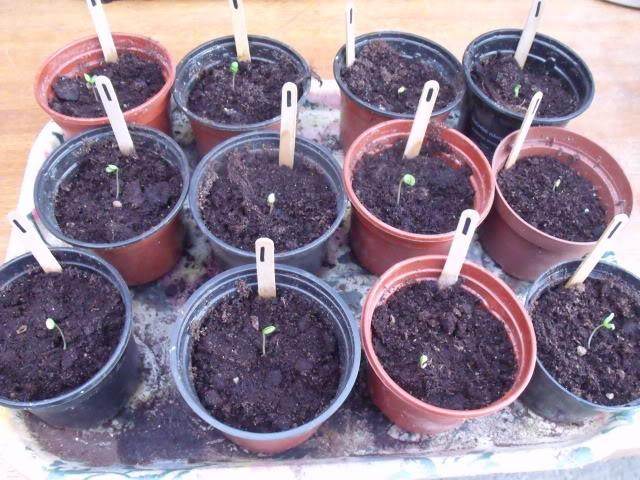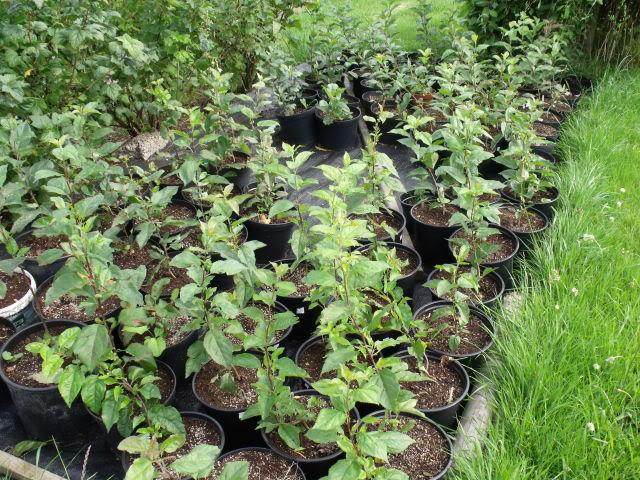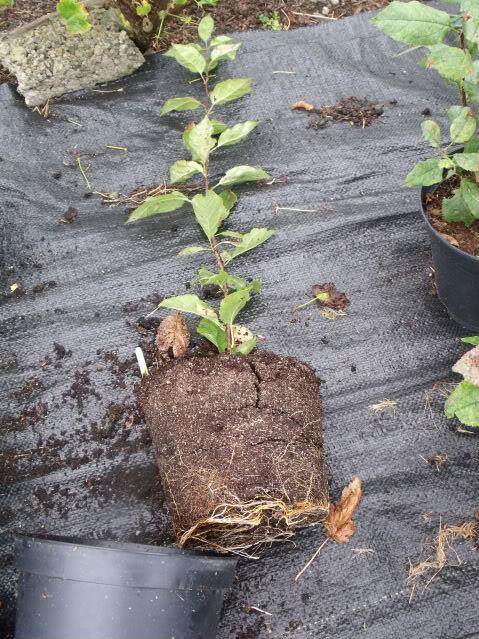




Brenda
Bloom where you are planted.
http://restfultrailsfoodforestgarden.blogspot.com/








Brenda
Bloom where you are planted.
http://restfultrailsfoodforestgarden.blogspot.com/




.








 2
2








 1
1












 I will of course go for a bit of fun and make some test grafts of the healthiest trees to see what their fruit is like, and may even try a few intentional crosses.
I will of course go for a bit of fun and make some test grafts of the healthiest trees to see what their fruit is like, and may even try a few intentional crosses. )
)







 . I find it's great to have both a little more time and a little more cash now to ease projects along. It's surprising how much it costs to pot up 100 seedlings into 5 litre pots all at once.
. I find it's great to have both a little more time and a little more cash now to ease projects along. It's surprising how much it costs to pot up 100 seedlings into 5 litre pots all at once.  ... keeps me young!
... keeps me young!







There is nothing permanent in a culture dependent on such temporaries as civilization.
www.feralfarmagroforestry.com
 2
2





 2
2




 2
2




RustysDog wrote:
Before finding this forum, I had been planing to grow apples from seed to provide rootstock for expansion. Rethinking plans now. If the consensus is correct at 20% spitters, I have no worries about just letting them go. As a typical homestead, I will have chickens and hogs...they won't turn their noses (beaks) up at free treats.
.




"When there is no life in the soil it is just dirt."
"MagicDave"
 1
1




www.thehappypermaculturalist.wordpress.com
 2
2








 )
)
 2
2




Brenda
Bloom where you are planted.
http://restfultrailsfoodforestgarden.blogspot.com/
 2
2




Permaculture Designer and Educator
ISA Certified Arborist #WE 7805A
Licensed Nurseryman
www.permacultureintl.com
www.sborganics.com








.




"Limitation is the mother of good management", Michael Evanari
Location: Southwestern Oregon (Jackson County), Zone 7




 2
2




"When there is no life in the soil it is just dirt."
"MagicDave"
 2
2




Dave Bennett wrote:
... I have never seen apples like those since that tree was cut down but they were gigantic and very oddly shaped with bright yellow skin and unusually sweet and extremely juicy.
 2
2




Dr_Temp wrote:
bet that fruit would have sold well.
stories like yours remind me of the story told in the book Tree Crops about the black walnut tree with the easy to crack shell.
"When there is no life in the soil it is just dirt."
"MagicDave"
 2
2




www.thehappypermaculturalist.wordpress.com
 1
1
















 2
2








paul wheaton wrote:
My understanding is that getting a marketable/decent apple is a 1 in 20,000 chance. In other words, people start lots of apples from seeds, but what they end up with is usually pretty lame.
So if I plant a bunch of cameo apple trees, there is a good chance that whatever I plant is gonna be crap.
Will it turn out like crab apples?
Are there some varieties that are less likely to turn out to be crap?




New Frontier Permaculture
http://www.facebook.com/NewFrontierPermaculture
 2
2





|
Bring me the box labeled "thinking cap" ... and then read this tiny ad:
The new permaculture playing cards kickstarter is now live!
https://www.kickstarter.com/projects/paulwheaton/garden-cards
|



